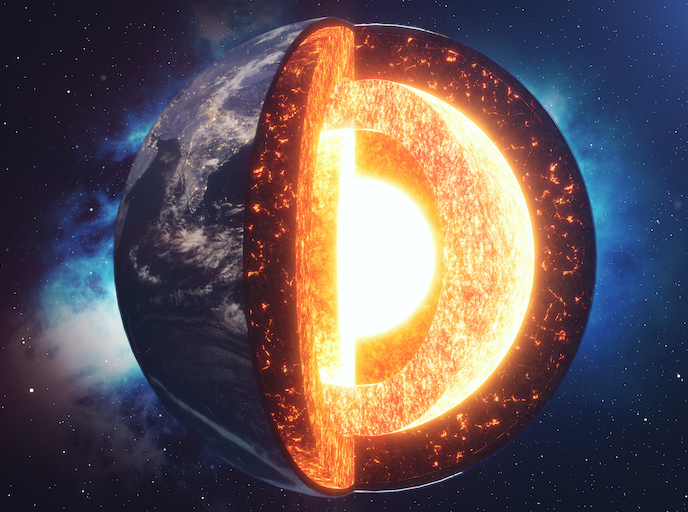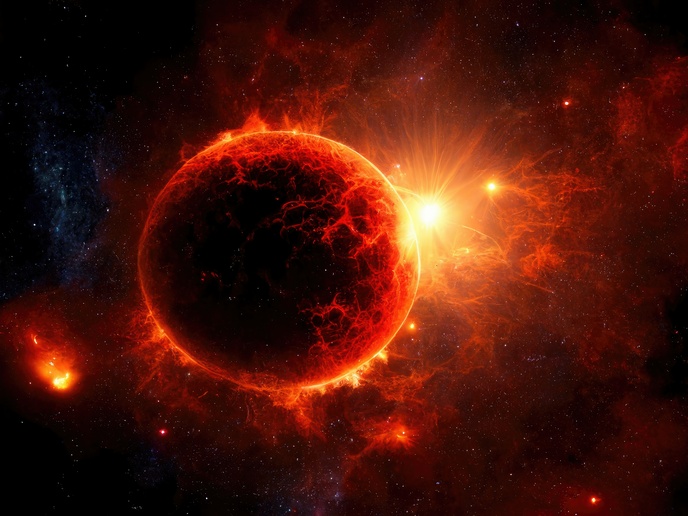Mars’ surface is anything but inactive
Newly released high-resolution images are challenging recently-held views about Mars being a geologically dead planet, showing instead that its surface is buzzing with activity. New studies conducted by the ACTIVE_MARS project offer important new insight on how water flows over sandy surfaces as well as the contribution of dust devils to mineral aerosols in the planetary atmosphere. Water flowing on Mars might be boiling Planetary scientists already know that the surface of Mars has 'mass-wasting' features such as dune flows, gullies and recurring slope lineae. Yet, the mystery about how much water is needed to create these features remains. Experiments in a special chamber capable for simulating the atmospheric conditions on Mars suggest how its surface could allow water transport without it being in liquid form. This involved lowering the atmospheric pressure inside the chamber to what is normal for Mars – about 7 mbar – while also adjusting surface temperatures between 5 and 24°C. Given that the atmospheric pressure on Mars is very low compared to that on Earth, water boils at much lower temperatures. “When surface temperature is above 0°C, water begins to boil and as it increases to 24°C, the water starts to levitate on the surface. This process can entrain a large amount of sand grains and other sediment when flowing down a slope,” explains Dr Jan Raack, a Marie Skłodowska-Curie research fellow at The Open University and lead author of the study. The fellow compares this phenomenon with the so-called ‘Leidenfrost effect’, easily seen when water drops contact a mass significantly hotter than the liquid’s boiling point: the water drop floats on a cushion of an ‘insulating’ gas emanating from the drop, preventing it from boiling rapidly. This levitation mechanism could also happen on Mars. “This is the first time we assume that sediment pellets can be floating over Mars’ sandy surfaces,” notes Dr Raack. Numerical results showed that levitation force is about 7 times stronger and can persist 50 times longer in Mars when compared to Earth. This means that a larger amount of sediment can be transported over longer distances. Importantly, experiments showed that the levitation effect can move huge amounts of sediment with 10 times less water than previously thought. In addition, around 9 times more sediment was moved down a slope with this effect. The devils of Mars Dust devils are small-scale vertical vortices that typically occur in desert areas and are visible because of the dust and debris they pick up from the ground. “On Mars, dust devils are very common and are thought to account for a great part of dust lifted into the planet’s atmosphere,” notes Dr Raack. During a field campaign in a desert area of Morocco, Dr Raack and his colleagues took samples of grains lifted by two dust devils at heights no more than four metres. Given that terrestrial dust devils act similarly to those on Mars, the team sought to find out more about their internal structure, the type of particles that will be lifted, and the amount of particle that will stay in the atmosphere for longer. “Nearly all sand grains were lifted within the first metre, thereby confirming the presence of a sand-skirt – the bottom part of the dust devil – with a high concentration of larger sand grains,” says Dr Raack. The team also found that around 60-70 % of all the fine dust particles (smaller than 31 µm) appear to stay in suspension. “This can affect the climate, weather, and biogeochemistry of both planets and also human health on Earth,” adds Dr Raack. Mass wasting and dust devils are dramatic signs of the dynamic nature of the Red Planet. ACTIVE_MARS conducted pioneering work on analysing the planet’s geological activity, providing possible explanations to long-standing questions.







